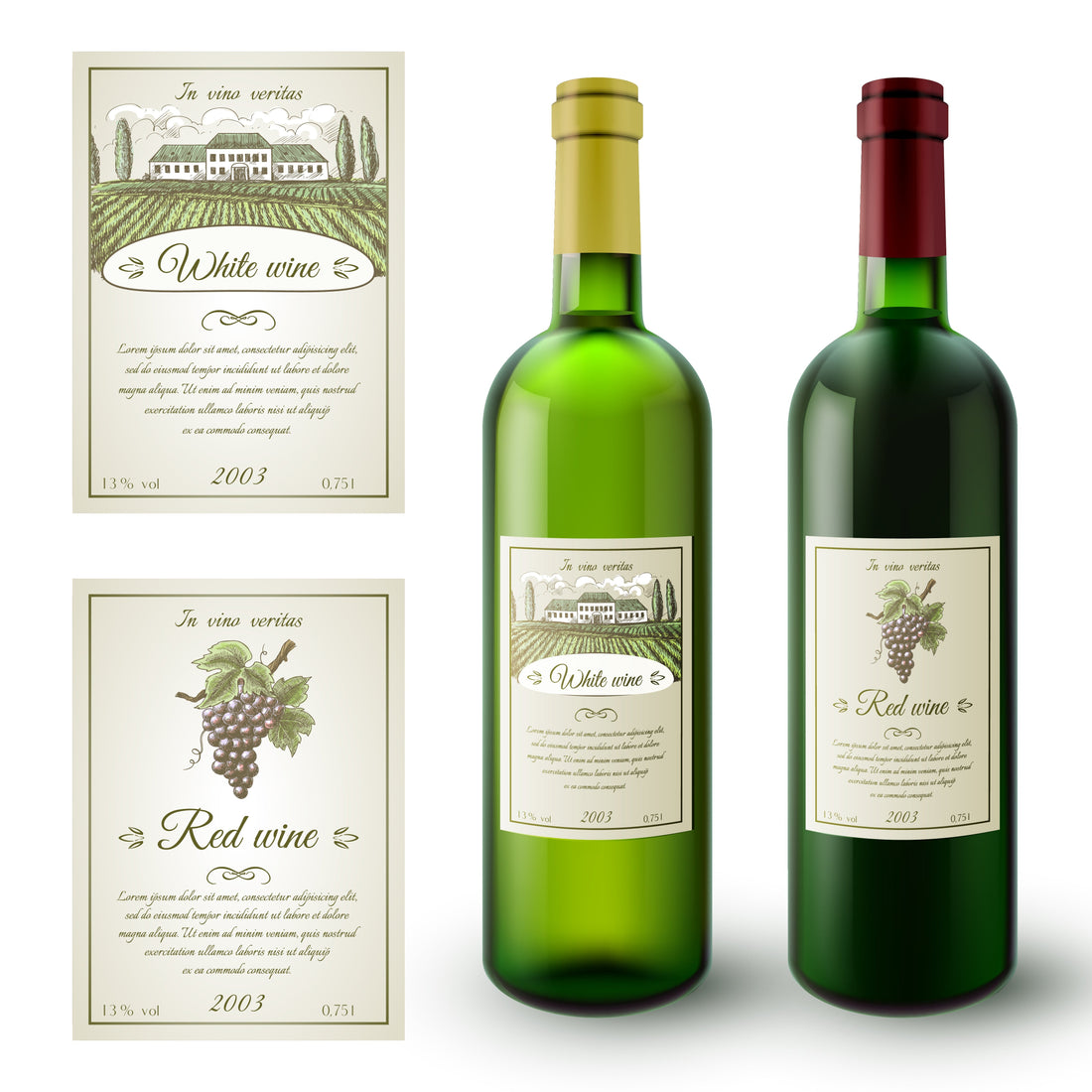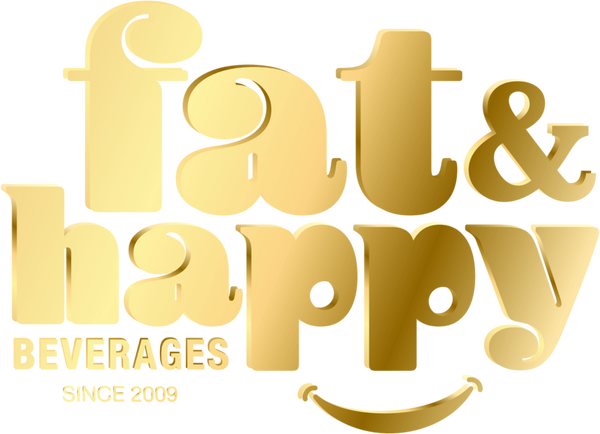
How to Read a Wine Label: A Beginner’s Guide to Wine Terms & Descriptions
Ever felt lost staring at a wine bottle, unsure of what any of it means? You're not alone. Understanding wine label information and decoding common wine descriptions can feel like learning a new language. But once you know a few basic wine terms, choosing the perfect bottle becomes much easier—and a lot more fun.
Whether you're picking out a gift or stocking up from your favorite premium wine collection, this simple guide will help you make sense of what you’re reading.
Why Wine Labels Matter
Wine bottle labeling isn’t just for looks. Each detail—whether on a French Bordeaux or a California Cabernet—tells a story about what’s inside the bottle. Labels typically include:
- Producer or Brand Name: Who made the wine.
- Region: Where the grapes were grown (e.g., Napa Valley, Bordeaux).
- Varietal: The type of grape used (e.g., Merlot, Chardonnay).
- Vintage: The year the grapes were harvested.
- ABV (Alcohol by Volume): Tells you the wine’s strength.
- Appellation: A legally defined and protected geographical indication.
Understanding these elements helps you compare bottles more confidently.
Common Wine Terms for Beginners
Next time you pick up a bottle, watch for these wine terms to know:
Basic Wine Descriptions
- Dry: No sweetness (most reds and many whites).
- Sweet: Noticeably sugary—common in dessert wines.
- Tannins: Found mostly in reds, they give wine structure and a slightly bitter taste.
- Body: The weight of the wine—light, medium, or full-bodied.
- Finish: The lingering taste left after swallowing.
Red Wine Descriptions
- Bold: Strong in flavor and tannins—think Cabernet Sauvignon.
- Earthy: Hints of soil, herbs, or mushrooms—common in Pinot Noir or Syrah.
- Fruity: Notes of cherries, berries, or plums, like you’d find in Zinfandel.
White Wine Descriptions
- Crisp: Light and refreshing with higher acidity—like Sauvignon Blanc.
- Oaky: A toasty or buttery flavor from aging in oak barrels—common in Chardonnay.
- Floral: Aromas like jasmine or honeysuckle—often found in Riesling.
Want to go deeper? Check out our guide on types of wine for a breakdown of red, white, rosé, and sparkling styles.
Tips for Shopping Smart
When buying wine, always read the back label. Some producers provide food pairings, flavor notes, and ideal serving temperatures—especially helpful when you're still learning. You can also explore our full wine buying guide to shop and store like a pro.
Sip With Confidence
Once you learn how to read a wine label and understand wine descriptions, picking a bottle becomes less intimidating and more exciting. The more you try, the more your palate evolves—so don’t be afraid to experiment.
Start exploring today with Fat & Happy Beverages and discover the story behind every label.
